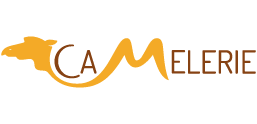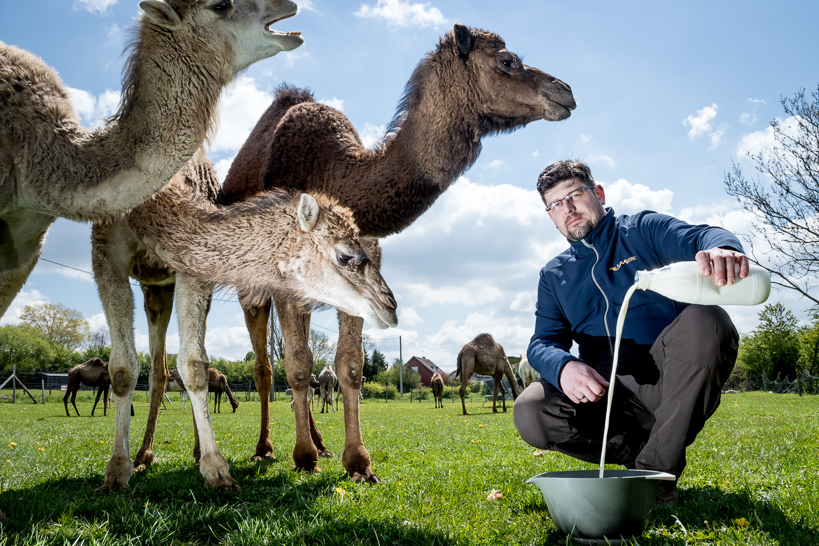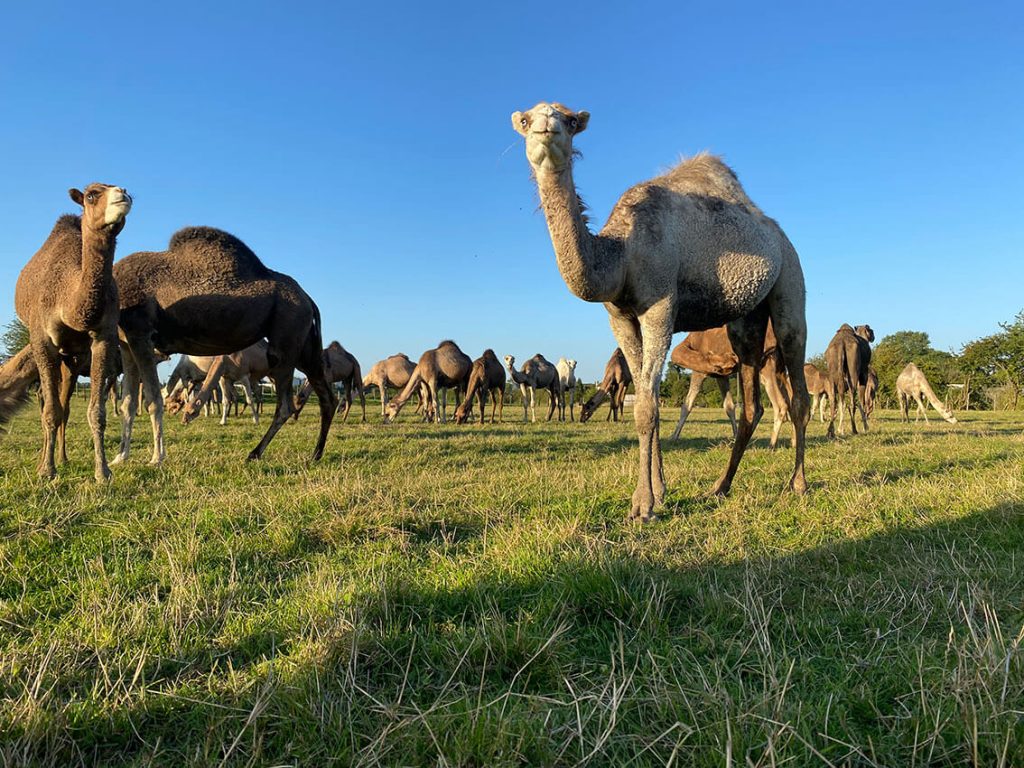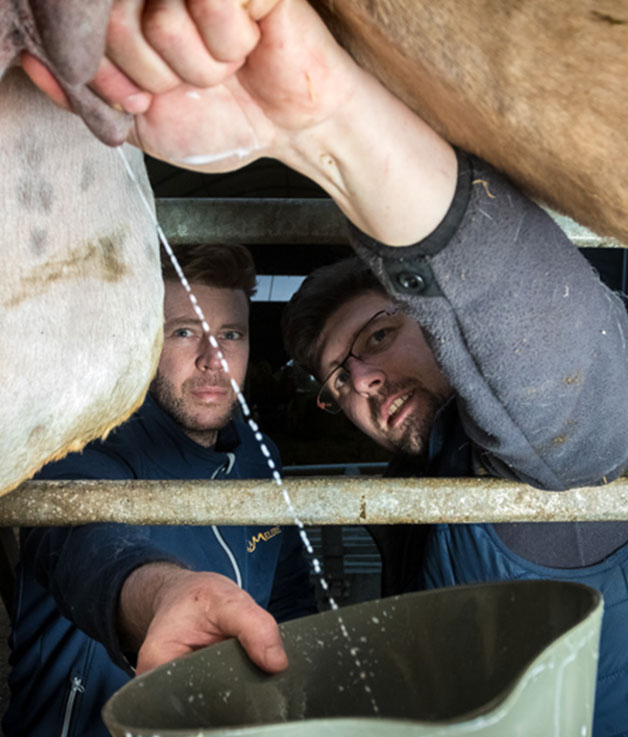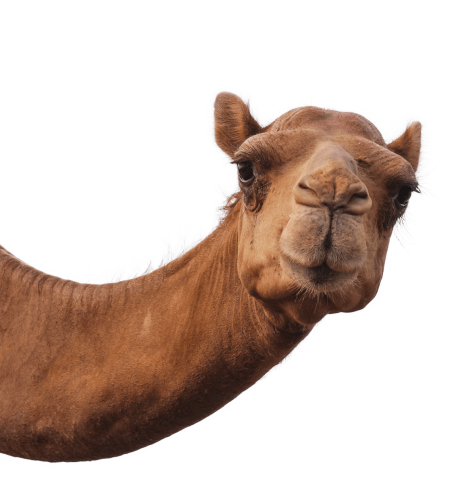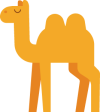
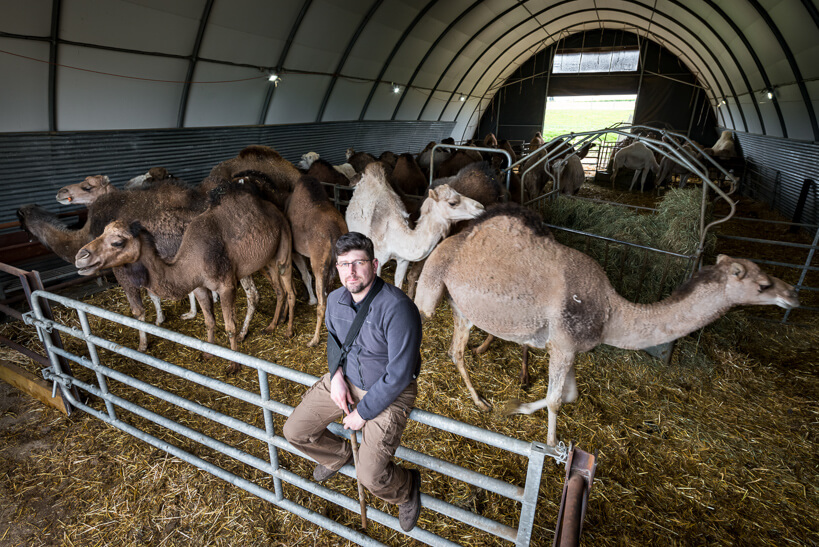
The Camelina Economy in the 21st CenturySituation and Prospects
Although difficult to assess, the economic importance of camel farming goes beyond the sheer volume of production, as the large camelids provide numerous services (cultural, practical, environmental) to the populations of arid regions. With an estimated 35 million head worldwide, the camel population remains marginal in the world of domestic animals. Its milk production accounts for just 0.37% of the world’s milk consumption. However, these proportions are steadily increasing, and camel herd demographic growth worldwide has been undergoing a definite revival since the early 2000s, in line with the growing interest of various players in the sector in camel products, particularly camel milk. Camel breeding seems to be an economic asset for populations living on the bangs of deserts.
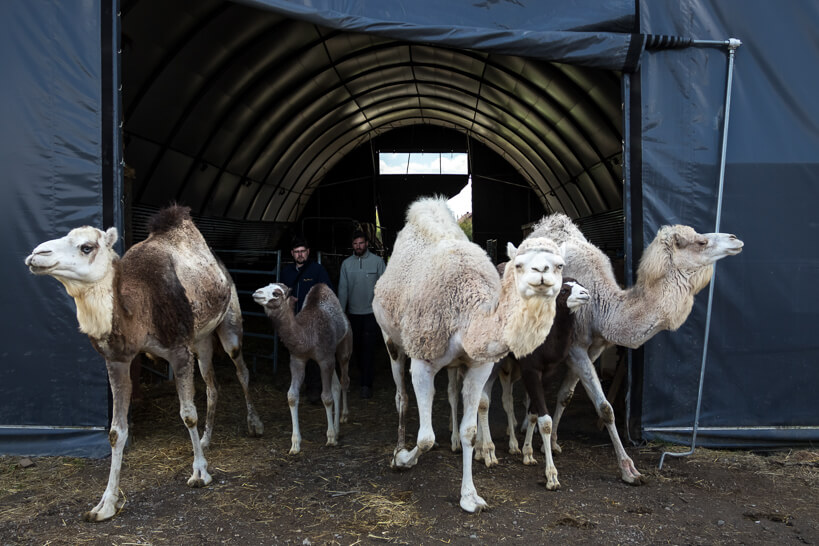
Camel milkfrom tradition to modernity
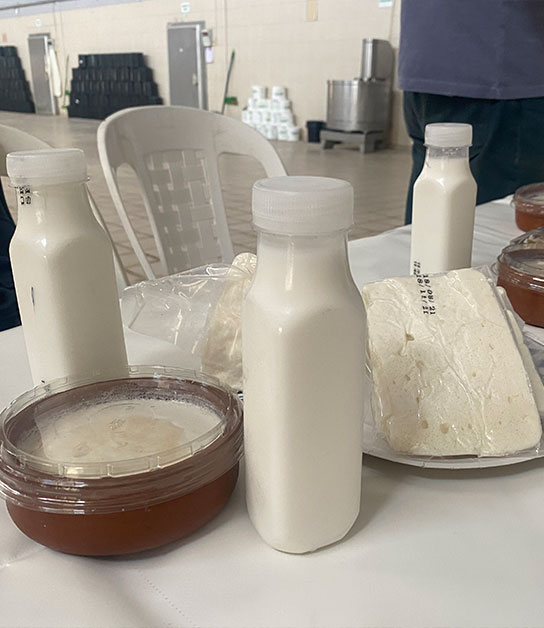
For a long time, camel milk was mainly consumed by mobile populations in Asia and Africa, but its sudden rise in popularity among a wider public (urban and Western) has led to its increasing entry into the market, including on an international scale. The popularity of camel milk stems from its reputation as a dietary and even medicinal product. The challenge for producers and consumers is to offer quality, diversified products that match the tastes and eating habits of new consumers. Processing techniques have adapted to this raw material, traditionally consumed raw or fermented, enabling the production of cheese, ice cream and powder, and even sweets and cosmetics. However, the particular behavior of camel milk requires further research, sometimes very fundamental, to understand its mechanisms.
Its composition
Its nutritional qualities make camel milk an essential staple in the diets of nomadic tribes, as well as a remedy for many ailments.
The biochemical and microbiological composition of camel milk is regularly compared with that of other species to understand its various therapeutic uses.
Camel milk is exceptionally rich in vitamin C, niacin, essential amino acids (valine, leucine and phenylalanine), unsaturated fatty acids, antimicrobial factors (lysozyme, lactoperoxidase and lactoferrin), prostaglandins and insulin.
It is used to treat human tuberculosis, diabetes mellitus, liver disease, respiratory disorders, childhood diarrhea, gallstones, nervous disorders, general fatigue and gastric ulcers. Interest in camel milk is growing, particularly in Kazakhstan, and camel milk production is intensifying in Africa (raw, pasteurized or fermented milk: shubat).
Table of nutritional values of camel milk

The benefits of my milk


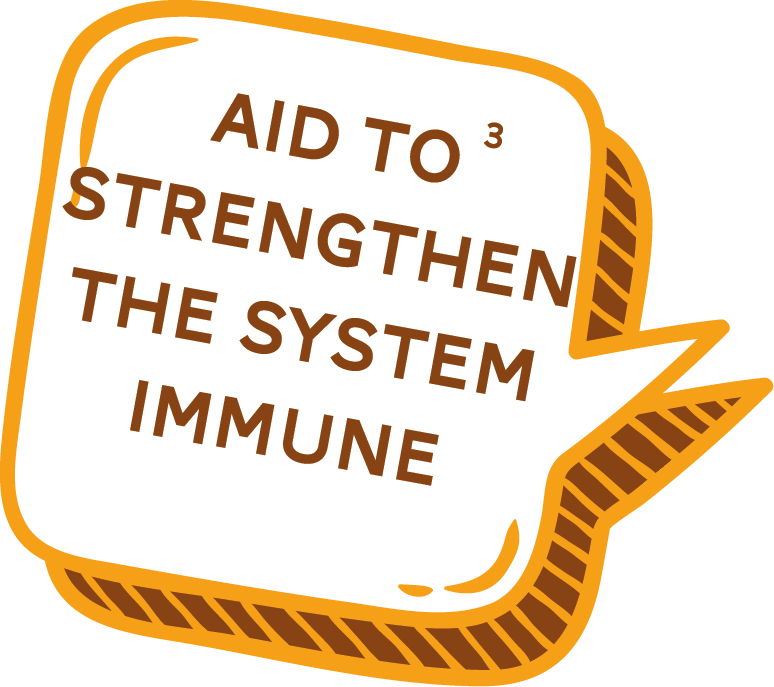


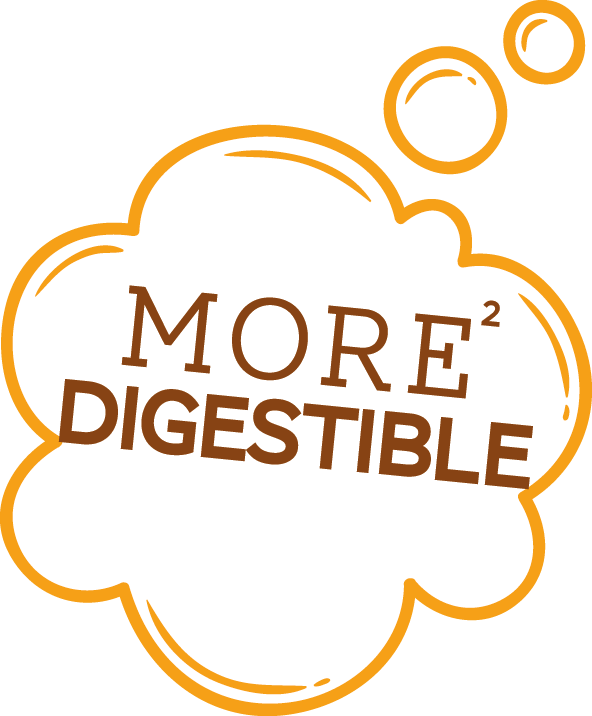
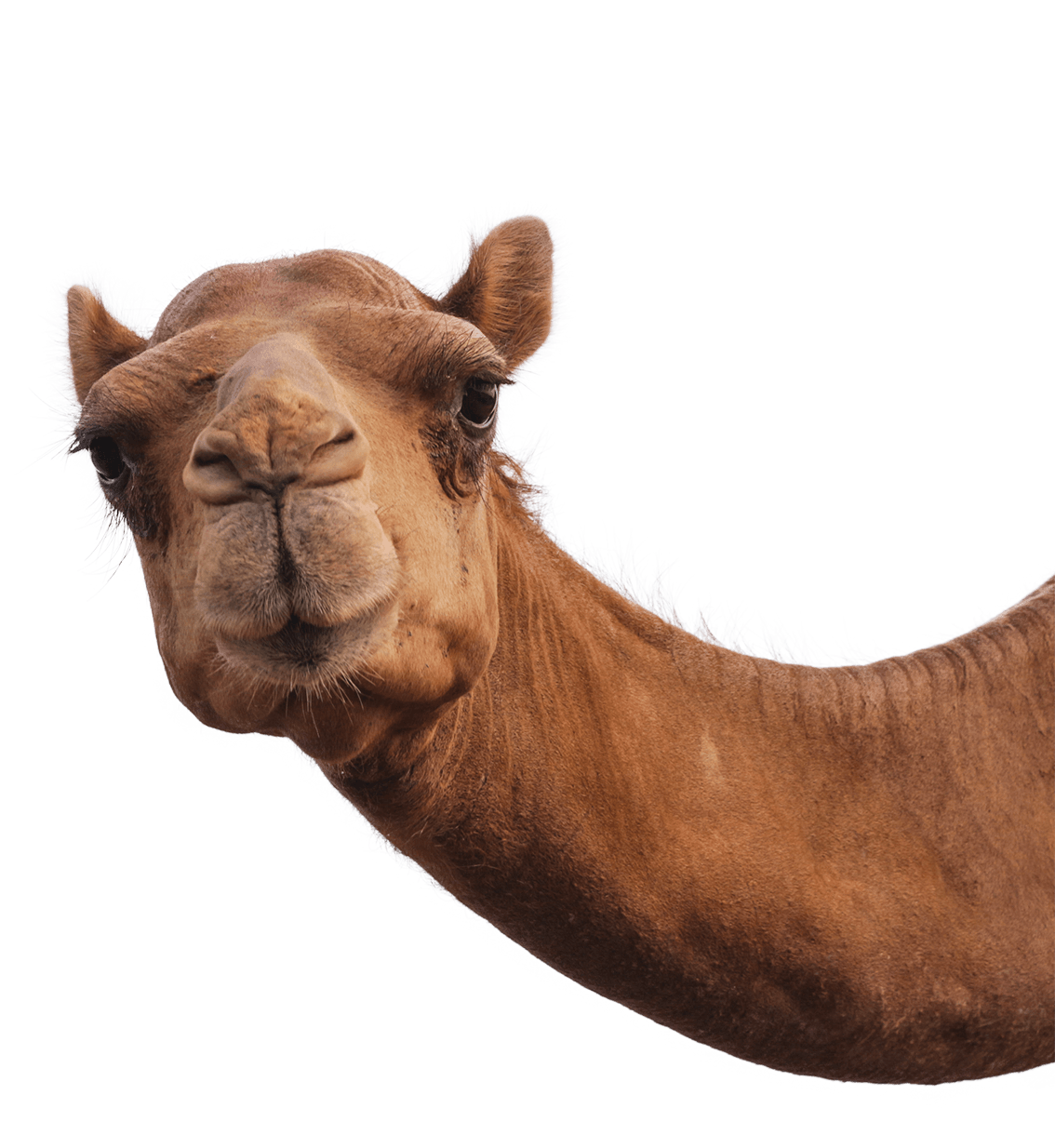
1 – Total absence of B-lactoglobulins, the main allergenic milk protein, 2- Lactose in camel milk has no adverse effects, 3 – 3 to 5 times more vitamin C, significant presence of antibodies, lactoferrins and lysozymes,
4 – Up to 30% iron, calcium, magnesium, zinc, potassium, 5 – Presence of a majority of “good fats” which a fortiori promote “good cholesterol”, 6 – Presence of lanolins, B vitamins and alpha-hydroxy acids in particular which firm and moisturize the skin.
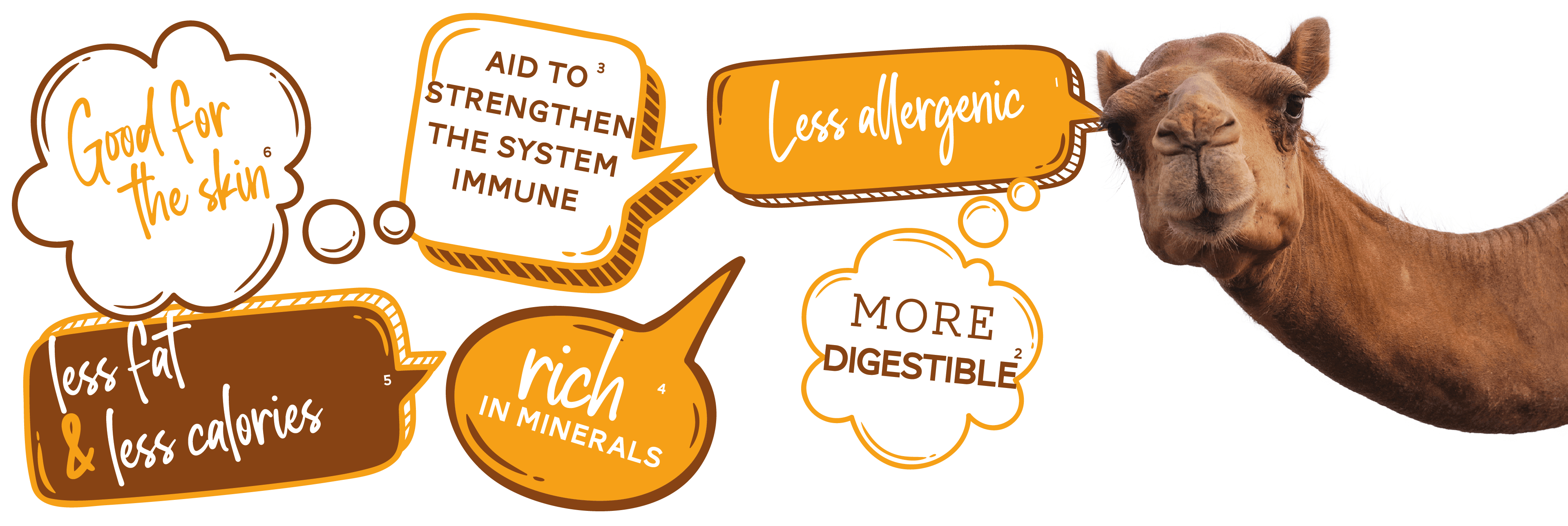
1 – Total absence of B-lactoglobulins, the main allergenic milk protein, 2- Lactose in camel milk has no adverse effects, 3 – 3 to 5 times more vitamin C, significant presence of antibodies, lactoferrins and lysozymes,
4 – Up to 30% iron, calcium, magnesium, zinc, potassium, 5 – Majority of “good fat”, which a fortiori promotes “good cholesterol”, 6 – Presence of lanolins, B vitamins and alpha-hydroxy acids, which firm and moisturize the skin.
Our production
The first camel dairy farm producing and processing camel milk …
is about us!
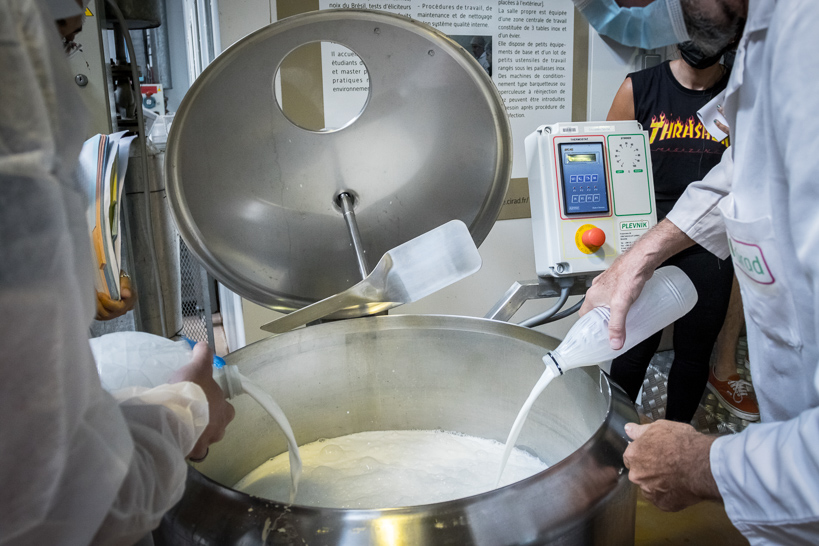
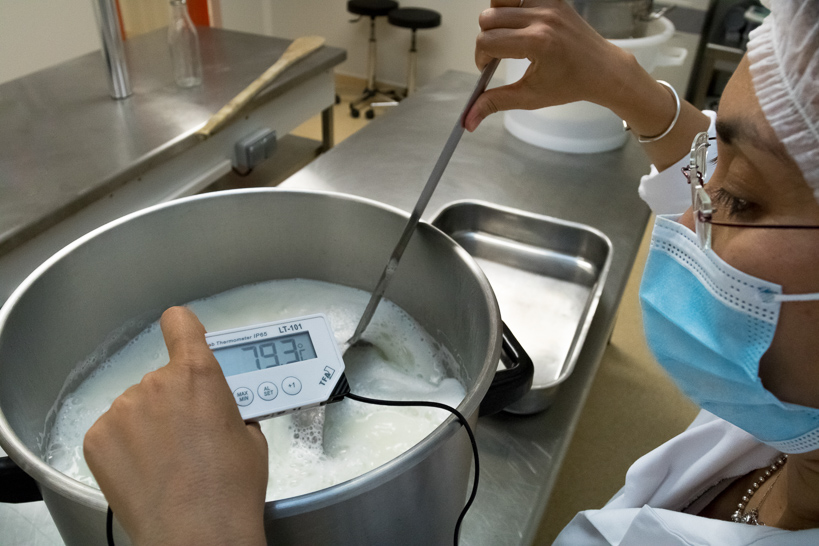
Since June 22, 2022, La Camelerie has been the only French farm to hold European health approval for the production, processing and sale of camel milk and dairy products.
In 2023, the herd will comprise almost 80 animals, with around 20 lactating females in the first year of production.
Today, production is underway for several products:
– Fresh milk (only available to food processors or laboratories that undertake not to market fresh milk)
– Fresh pasteurized milk (the best quality compromise with a Best Before Date of two weeks under optimal conditions)
– Frozen pasteurized milk (for extended shelf life of several months)
– Fermented milk, similar to drinking yoghurt (enriched with probiotics, this little wellness potion can be consumed for at least three months).
Products can be plain or flavored as desired.
Cheese production is launched in parallel, and we try to adapt several recipes according to the reactions of our camels’ milk. To date, two recipes have stabilized, enabling us to obtain “Bosse des Fagnes” and “Camelhoumi”.
The opportunity to be a partner in the European “CAMELMILK” program, aimed at boosting camel milk production and processing around the Mediterranean Basin, has enabled us to confirm our knowledge and support our application for approval.
In France, camel milk is also expected to be produced on two other farms, helping to diversify the dairy sector in a country where livestock farming has only recently begun to develop.
Sources: Bernard Faye and Gaukhar Konuspayeva, world camel and dromedary experts
This production would not have been possible
without the knowledge and support of these individuals
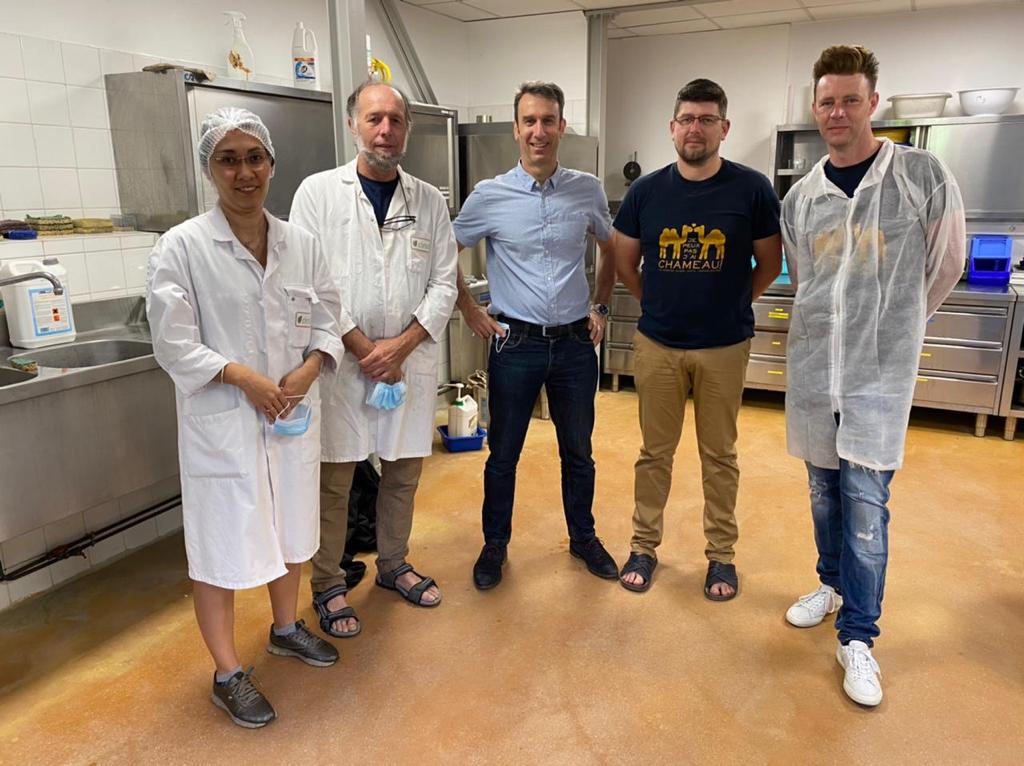
from left to right; Gaukhar Konuspayeva (professor and camel milk researcher), Bernard Faye (veterinarian and camel researcher at CIRAD),
Guillaume Dutertre (Director of CIRAD’s UMR Selmet) and Julien Job and Alban Pouard from la Camelerie
Photo galleryof our milk production
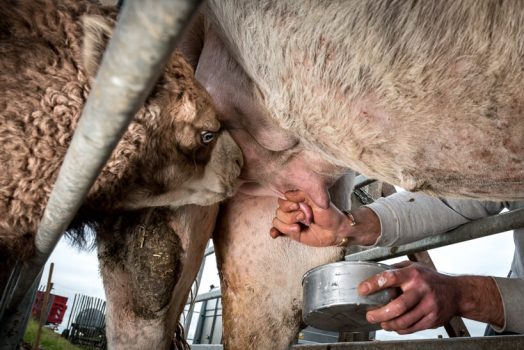
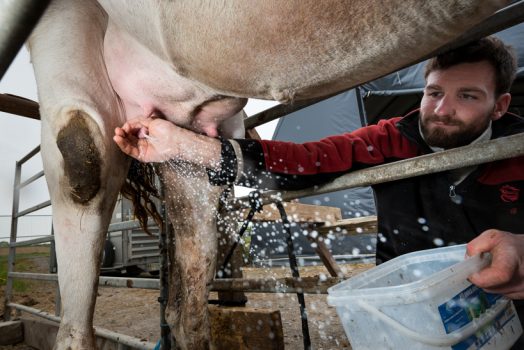

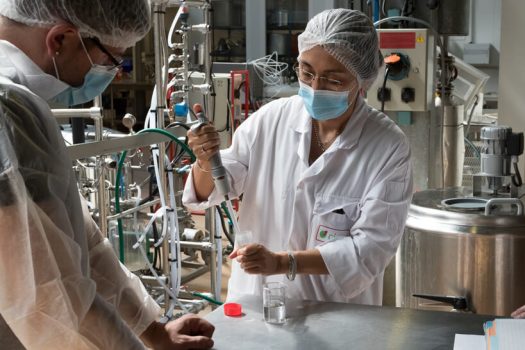
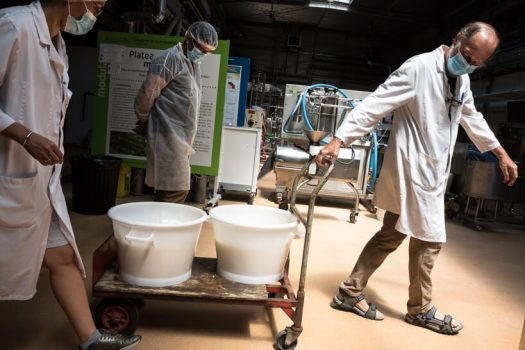
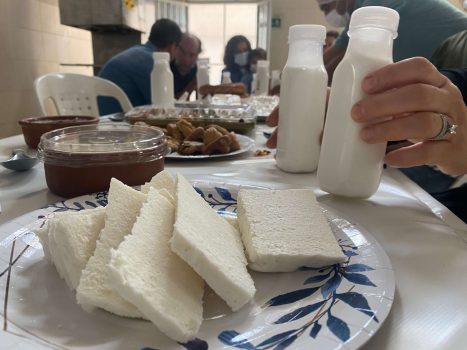
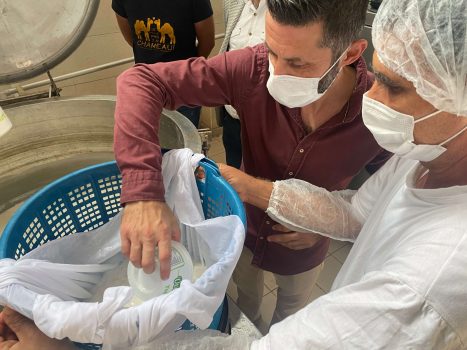
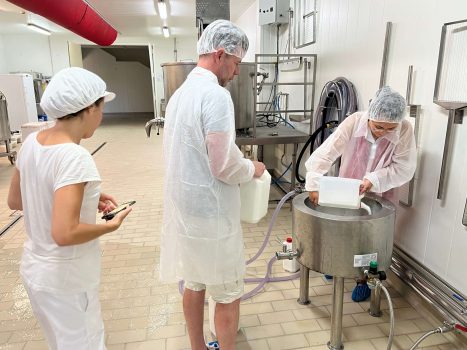
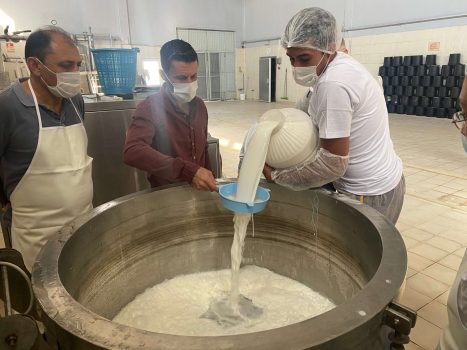
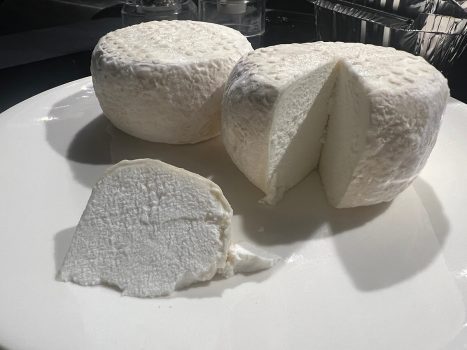
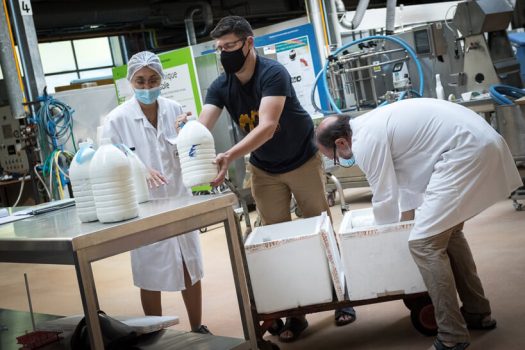
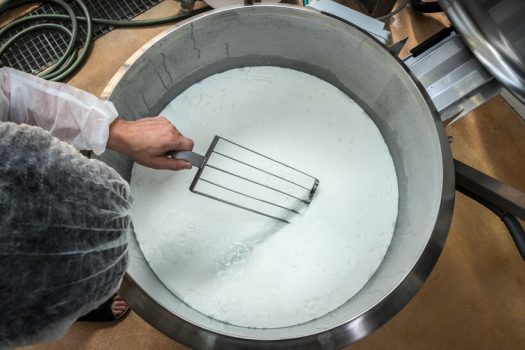
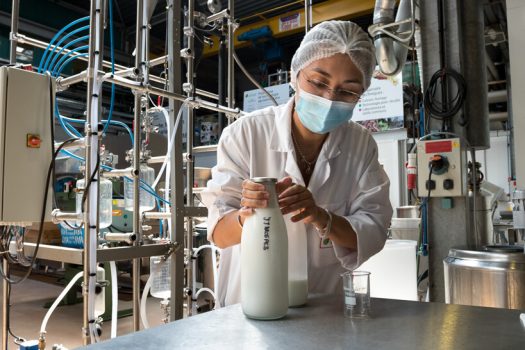
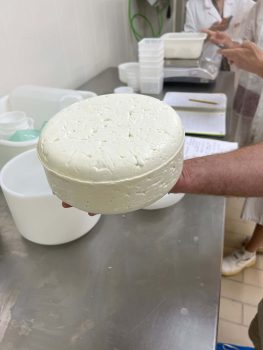
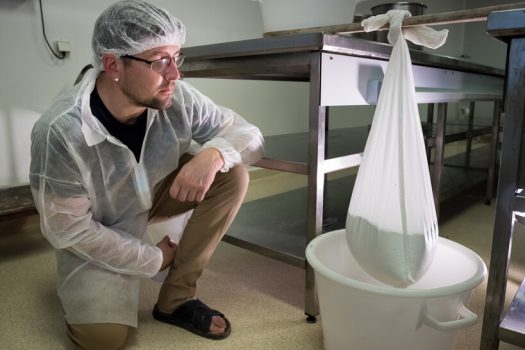
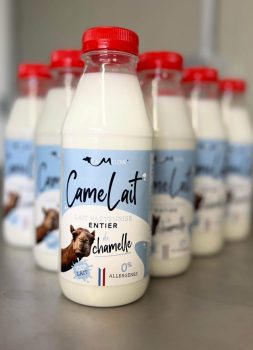


Photo credit ZEPPELIN
